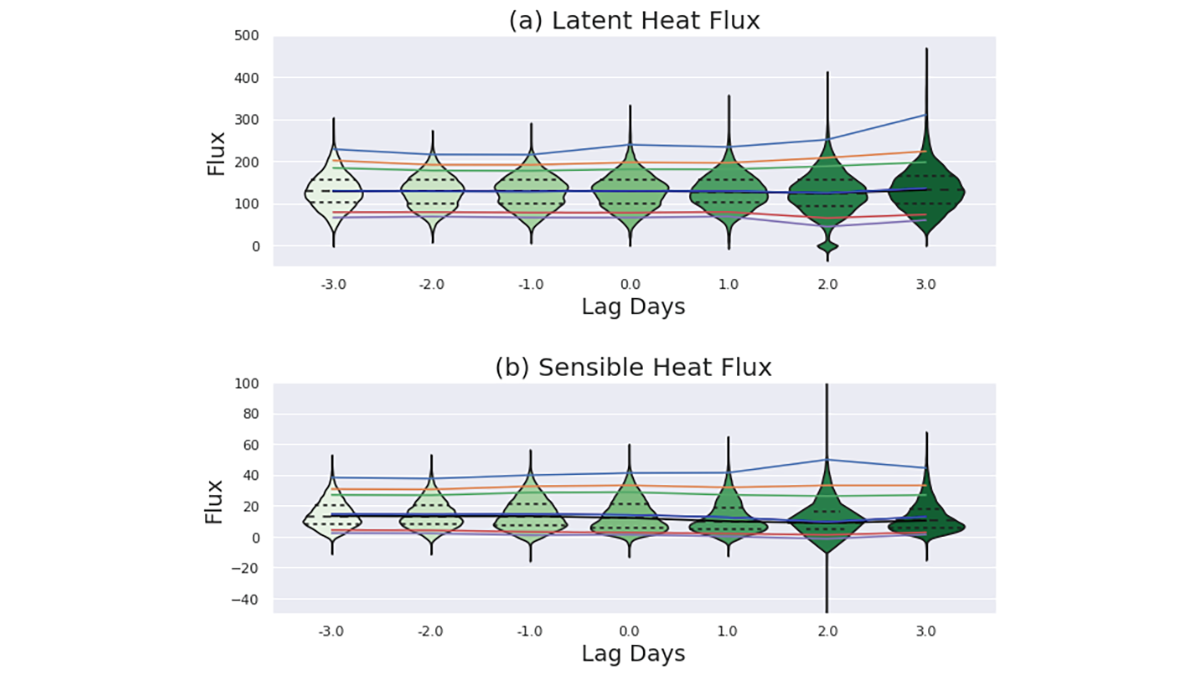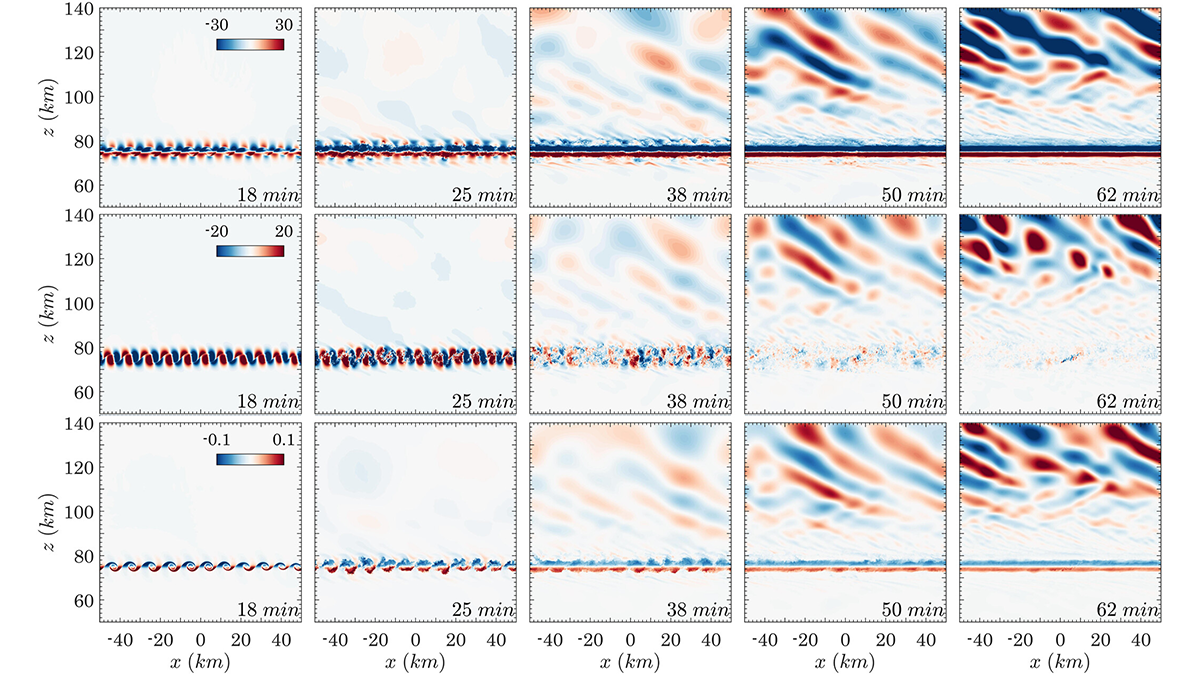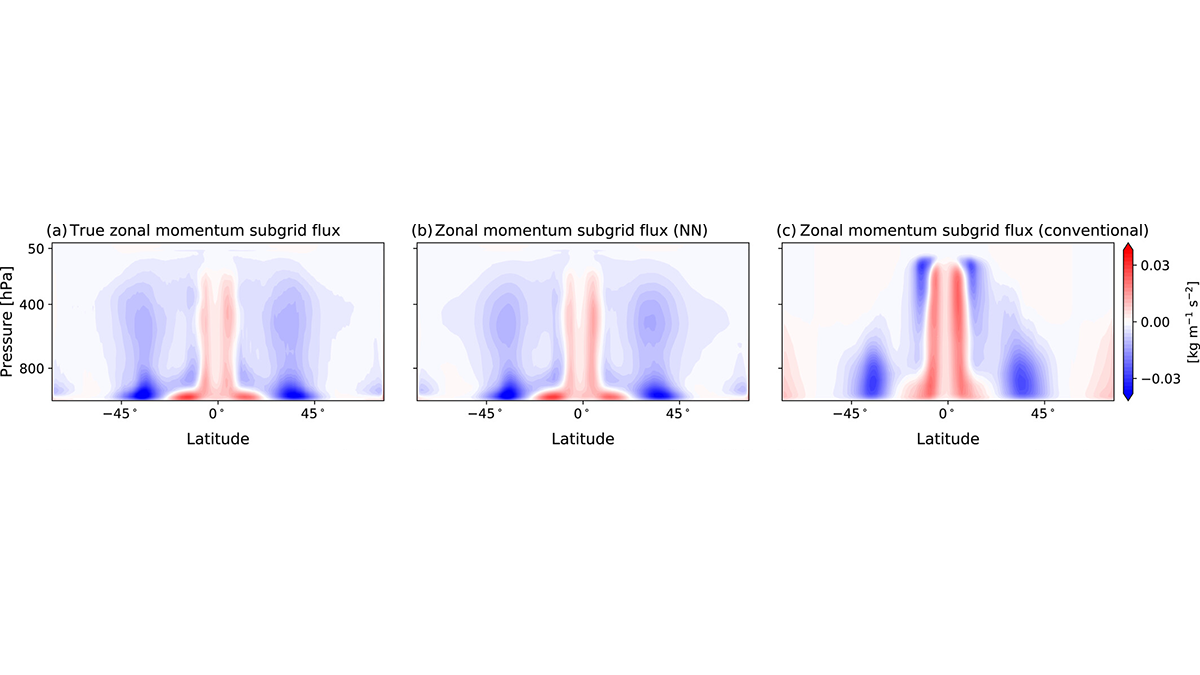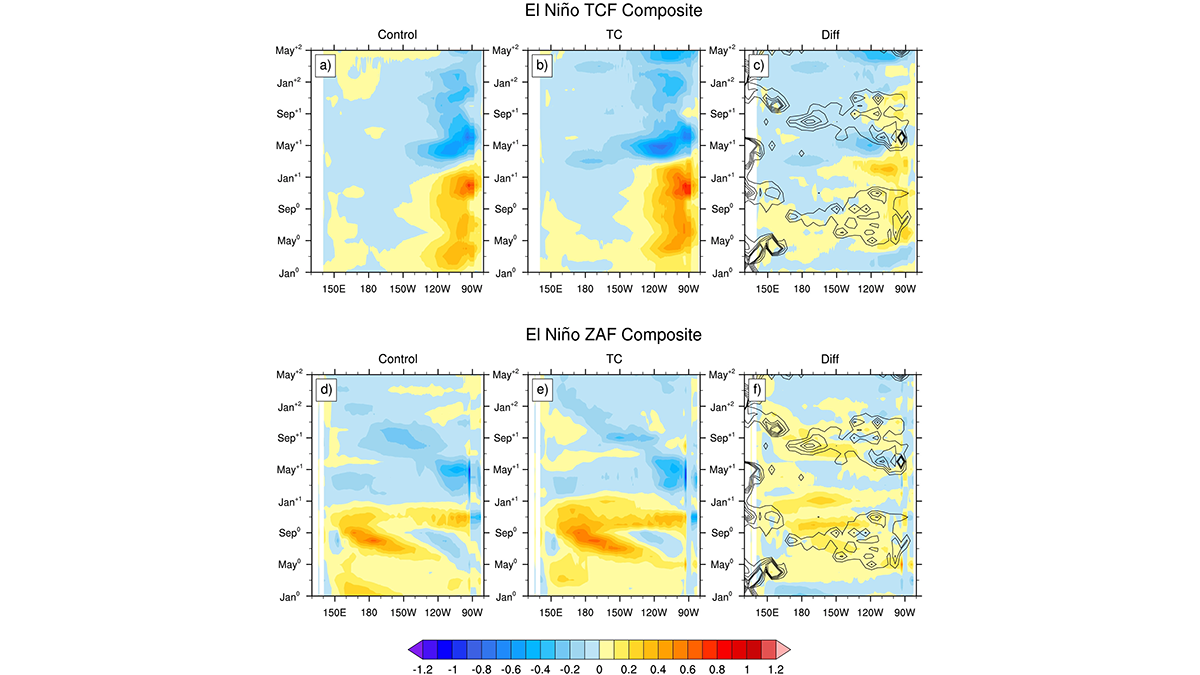Los cielos cubriendo las ciudades de los EE.UU. tienen más nubes que las áreas que las rodean.
everything atmospheric
Heat Waves: A Growing Threat to Society and the Environment
With heat waves expected to worsen in the 21st century it is essential to take stock of our current understanding, knowledge gaps, and to set research priorities.
Taking the Pulse of Global Change with World Heritage Data Sets
Applying World Heritage status to highly valuable environmental records would spotlight the vital insights they provide into how Earth is changing and would ensure their longevity and accessibility.
New Theory Explains Radiative Cooling of the Lower Atmosphere
The shape of radiative cooling in lower atmosphere is controlled by the lapse rate in the water vapor path according to a new theory and observations from subsidence regimes in the tropical Atlantic.
Cityscapes Create Cloud Cover, Satellite Images Reveal
The skies over U.S. cities are cloudier than their surrounding areas.
Satellite View of African Easterly Waves and Hurricane Formation
Researchers present a new analysis of surface winds and enthalpy fluxes from satellite retrievals for African easterly waves that intensify into Atlantic hurricanes.
Wind Shear Instabilities Emit Gravity Waves
A new study shows that atmospheric gravity waves can be generated by the Kelvin-Helmholtz instabilities in the wind shear layer.
New Machine Learning Parameterization Tested on Atmospheric Model
For the first time, a neural network parameterization of subgrid momentum transport is developed by training on a coarse-grained high-resolution atmospheric simulation.
Wildfire Smoke Destroys Ozone
Smoke aerosols from large wildfires are the perfect reaction surface for chlorine chemicals, speeding their transformation from ozone-friendly forms to reactive ones.
Impact of Tropical Cyclones on El Niño-Southern Oscillation
A suite of Earth Systems model experiments is used to explore how tropical cyclones influence the frequency, magnitude, and timing of El Niño-Southern Oscillation events.










